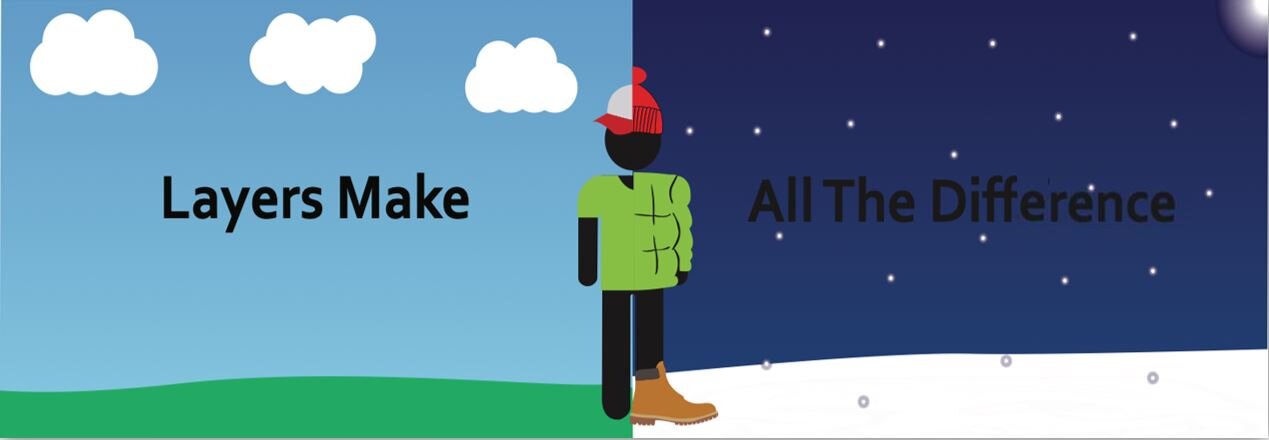2020-2021
Worcester
Winners
Elementary School
Margaret, a 2nd grader from Bolyston, MA, is a Cool Science 2021 Winner. Her artwork will be featured on the Worcester Regional Transit Authority (WRTA) buses. Congratulations Margaret!
Xavier, a 4th grader from Westfield, MA, is a Cool Science 2021 Winner. His artwork will be featured on the Worcester Regional Transit Authority (WRTA) buses. Congratulations Xavier!
Middle School
JenaRose, an 7th grader from Belchertown, MA, is a Cool Science 2021 Winner. Her artwork will be featured on the Worcester Regional Transit Authority (WRTA) buses. Congratulations JenaRose!
Ruby, an 8th grader from Millers Falls, MA, is a Cool Science 2021 Winner. Ruby’s artwork will be featured on the Worcester Regional Transit Authority (WRTA) buses. Congratulations Ruby!
High School
Anna, a 10th grader from Amherst, MA, is a Cool Science 2021 Winner. Her artwork will be featured on the Worcester Regional Transit Authority (WRTA) buses. Congratulations Anna!
Sarah, a 9th grader from Hadley, MA, is a Cool Science 2021 Winner. Her artwork will be featured on the Worcester Regional Transit Authority (WRTA) buses. Congratulations Sarah!
Worcester
Runner-Ups
Elementary School
Kona, a 3rd grader from Northampton, MA, is a Cool Science 2021 Runner-Up. Congratulations Kona!
Elijaah, a 4th grader from Leominster, MA, is a Cool Science 2021 Runner-Up. Congratulations Elijaah!
Yeremiah, a 5th grader from Leominster, MA, is a Cool Science 2021 Runner-Up. Congratulations Yeremiah!
Middle School
Miroslav, a 6th grader from Amherst, MA, is a Cool Science 2021 Runner-Up. Congratulations Miroslav!
High School
Jack, an 11th grader from Rochester, MA, is a Cool Science 2021 Runner-Up. Congratulations Jack!
Brittany, an 11th grader from Stoughton, MA, is a Cool Science 2021 Runner-Up. Congratulations Brittany!
Makena, a 12th grader from South Easton, MA, is a Cool Science 2021 Runner-Up. Congratulations Makena!
Paolo, a 12th grader from Brockton, MA, is a Cool Science 2021 Runner-Up. Congratulations Paolo!














